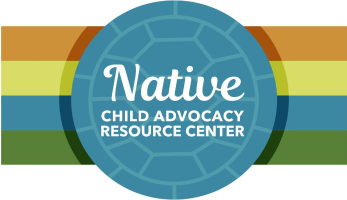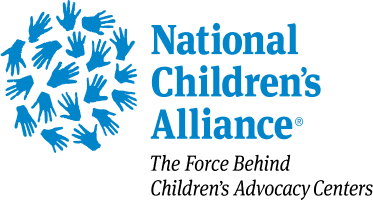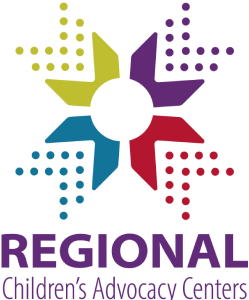Resources
Featured Resources

Psychological First Aid Guide for CAC Supervisors
The PFA-CAC Guide provides a descriptive overview of concepts and practices for any supervisor to employ when a critical incident has occurred in the CAC.

Grant Administration Initiative Chapter Readiness Guide
This guide is intended to provoke thoughtful questions and conversations that will serve your organization in assessing organizational readiness for administering funding and related monitoring activities.

Multidisciplinary Team Enhancement Initiative Readiness Guide for State Chapters
The MDT Enhancement Initiative, at its core, is a return to the heart of the CAC model.

Chapters
NCA and RCACs Support for Chapters
To support the network of Chapter organizations around the country, the Regional CACs and the NCA offer a number of services.
Learn More

Chapters
Chapter Guide: Facilitating Peer Learning Cohorts for CACs
This guide is designed to help Chapters develop and facilitate successful peer learning cohorts for Children’s Advocacy Center staff.
Learn More

Chapters
Statewide Case Management System: Readiness Guide for State Chapters
Chapters can use data for quality improvement initiatives, to undertake collaborative research projects, to identify trends, and to make more compelling cases for funding proposals.
Learn More

Chapters
Providing Training to CACs Readiness Guide for State Chapters
This guide includes a how-to-use section, project considerations, and readiness focus areas, followed by next steps.
Learn More

Chapters, Multidisciplinary Team
Multidisciplinary Team Enhancement Initiative Readiness Guide for State Chapters
The MDT Enhancement Initiative, at its core, is a return to the heart of the CAC model.
Learn More

Tribal Community Resources
Listen and Learn A Process for Initiating Collaboration between Tribal Communities and Children’s Advocacy Centers
This guide will help CAC professionals who are interested in building relationships with tribal communities.
Learn More

Chapters
Grant Administration Initiative Chapter Readiness Guide
This guide is intended to provoke thoughtful questions and conversations that will serve your organization in assessing organizational readiness.
Learn More
 Native Child Advocacy Resource Center
Native Child Advocacy Resource Center
 National Children's Alliance NCA Engage
National Children's Alliance NCA Engage
 National Children's Advocacy Center's CALiO™
National Children's Advocacy Center's CALiO™
 National Children's Advocacy Center's Virtual Training Center
National Children's Advocacy Center's Virtual Training Center
 Regional CACs Resource Hub
Regional CACs Resource Hub